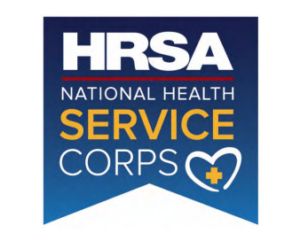August 25, 2025

The Next Major Workforce Crisis Systems are Tackling
Health systems are taking on what one leader has called the “next major workforce crisis”: a shortage of nurse educators.
In 2024, U.S. nursing schools turned away 80,162 qualified applications. Within that total,
- 65,398 applications from entry-level baccalaureate were turned away,
- 1,530 from RN-to BSN,
- 7,603 from master’s,
- 5,366 from DNP, and
- 265 from PhD nursing programs.
There’s never been a shortage of qualified applicants,” Carolyn Santora, MSN, RN, chief nursing officer and chief regulatory officer at Stony Brook (N.Y.) University Hospital, told Becker’s. “The bottleneck has been a shortage of faculty, limiting class sizes.
The aging nurse faculty workforce is a key challenge for some of these programs. The average age of nursing faculty in four-year programs is in the 60s, Susan Reeves, EdD, RN, system chief nurse executive at Lebanon, N.H.-based Dartmouth Health, told Becker’s.
“Many will retire soon, and there aren’t enough younger educators ready to replace them,” she said. “Compounding this, new nursing graduates often earn more in practice than faculty with decades of experience. This is shaping up to be our next major workforce crisis.”
To address these issues, health systems are taking up the torch to support education opportunities for nursing students and new nurses. This looks different at every system.
Click Here to Read More








